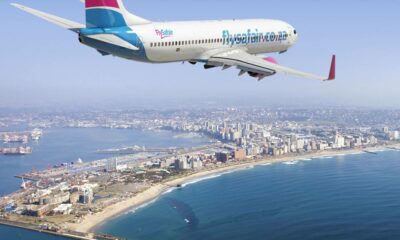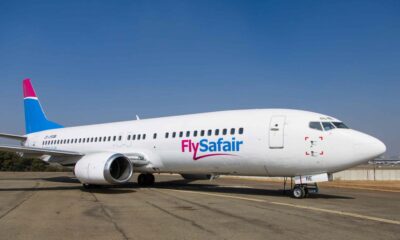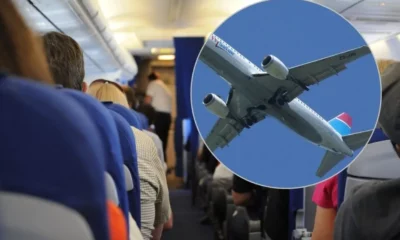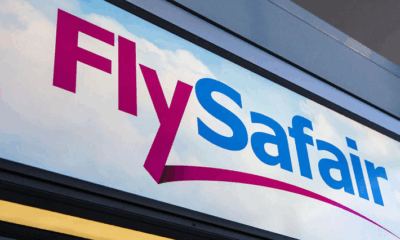Travel
FlySafair Strike Reveals Cracks In South Africa’s Airline Industry
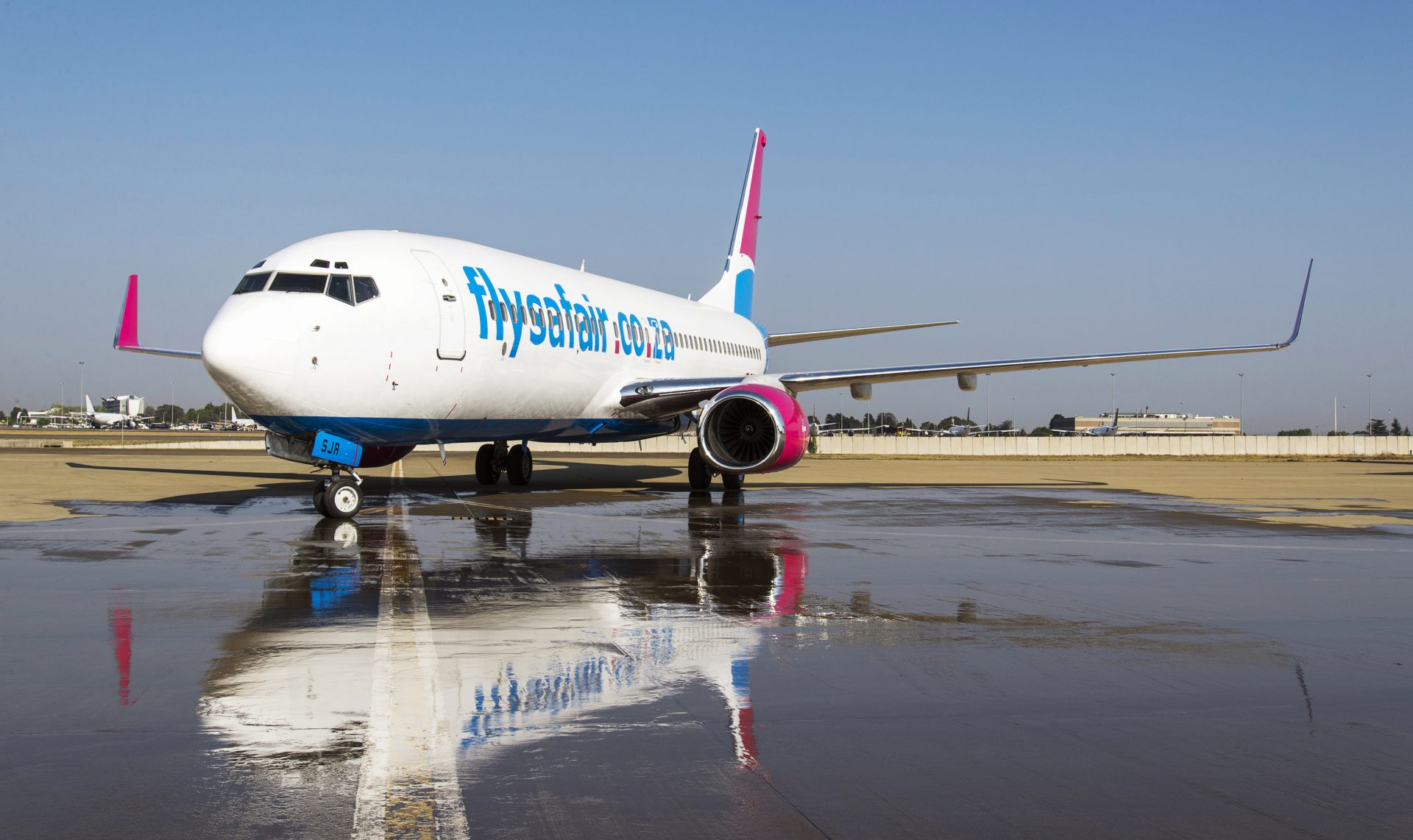
When FlySafair pilots downed tools last month, it wasn’t just about grounded planes or cancelled holidays. The strike pulled back the curtain on deeper problems in South Africa’s aviation industry — an industry that has become dangerously reliant on a single carrier.
A Market Built On One Airline
With the closure of Comair and the long-running troubles of SAA and Mango, FlySafair has grown into the dominant player in domestic skies. That dominance meant that when flights were reduced during the strike, fares spiked and passengers had few alternatives.
Travel insiders have raised alarms for years about the risks of “putting all our eggs in one basket”. Corporate travellers heading to destinations like George or East London felt the pressure most, where options were already slim. As Belinda Bronner from Corporate Traveller warned, limited competition often translates into premium pricing and less flexibility for passengers.
History Of An Uneven Playing Field
Industry veterans point out that the imbalance didn’t happen overnight. Safair, FlySafair’s parent company, had strong infrastructure long before it became a scheduled passenger carrier, leasing aircraft to other airlines and stepping in when operators like SAA and Comair stumbled.
When Covid-19 hit, FlySafair was one of the few airlines that didn’t downsize its fleet. That allowed it to bounce back quickly when skies reopened, cementing its market share while rivals folded.
But according to experts like Johan Borstlap, regulatory hurdles made things worse. The Air Service Licensing Council has been slow to approve new applications, discouraging potential entrants and stifling growth. “New airlines saw Comair collapse after decades in the market and thought twice about investing in such an expensive industry,” Borstlap explained.
Why New Players Stay Away
Starting an airline is costly, and after Covid’s financial wipeout, investors have been cautious. Add to that the slow pace of licensing by the SACAA and government control over prime routes and infrastructure, and the field looks far from fair. For years, privately-owned airlines have had to compete against a state-backed SAA with the odds stacked against them.
This has left the domestic market under-supplied, with fewer seats and little choice for travellers. The FlySafair strike made those cracks impossible to ignore.
Building A More Balanced Industry
To fix things, experts are calling for a shake-up of the system. A fair, transparent regulatory environment is crucial if South Africa wants new players to take flight. Borstlap argues that government cannot continue to play referee while also owning a competing airline.
There’s also room for international players. Airlines like Emirates, KLM and Air France have shown interest in expanding African routes, but political hurdles have repeatedly shut doors. Unlocking those opportunities could not only strengthen competition but also put South Africa back on the map as a regional aviation hub.
A Wake-Up Call For The Skies
The FlySafair strike was more than a labour dispute. It was a warning flare for an industry stretched too thin, too dependent on one player, and too bogged down by outdated regulations. Unless the system opens up to new competition and levels the playing field, South African travellers will remain at the mercy of disruptions that ripple across the skies.
Source:Travel News
Follow Joburg ETC on Facebook, Twitter , TikTok and Instagram
For more News in Johannesburg, visit joburgetc.com

